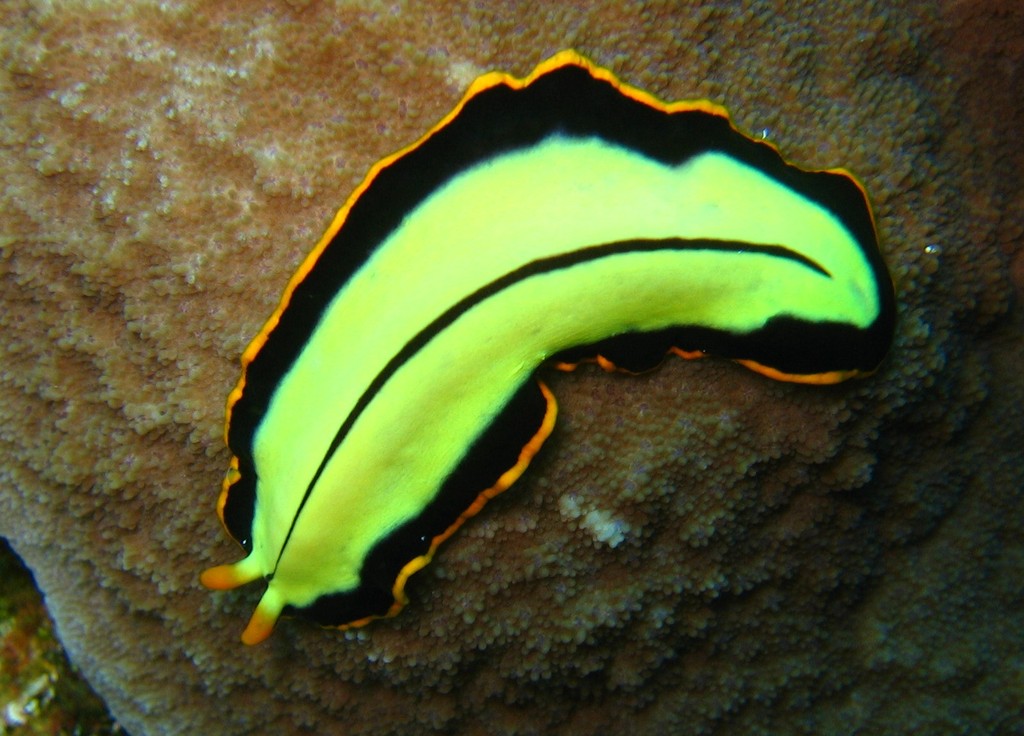"The biology of the Turbellaria" is a heavy volume, edited by
E.R. Shockaert and I.R. Ball. It's published by Dr. W. Junk Publishers as no. 6
in their series Developments in Hydrobiology. It contains papers presented at
the Third international symposium on the biology of the Turbellaria, in honour
of the living legend (the editors' words!) Tor G. Karling. A brief biography of
Tor, who spent 50 years in turbellarian research, has been included plus a
photo of the old man. The rest of the book contains sections on Systematics
& Zoogeography, Ecology & Faunistics, Nutrition & Reproduction,
Regeneration & Differentiation, Ultrastructure.
This is an extremely technical work, only for Tor's students, I imagine. Are the freshwater triclads (Paludicola) monophyletic or not? What is the geographical and bathymetrical distribution of the Fecampiidae? Seven entirely new species of sand-dwelling Turbellaria from the Netherlands are described.
However, the book doesn't answer the most important question, a question so crucial that it's amazing the editors didn't think of including it. And that question is: What the hell *is* a turbellarian anyway???
Another living legend, perhaps? Or just a living fossil?

No comments:
Post a Comment